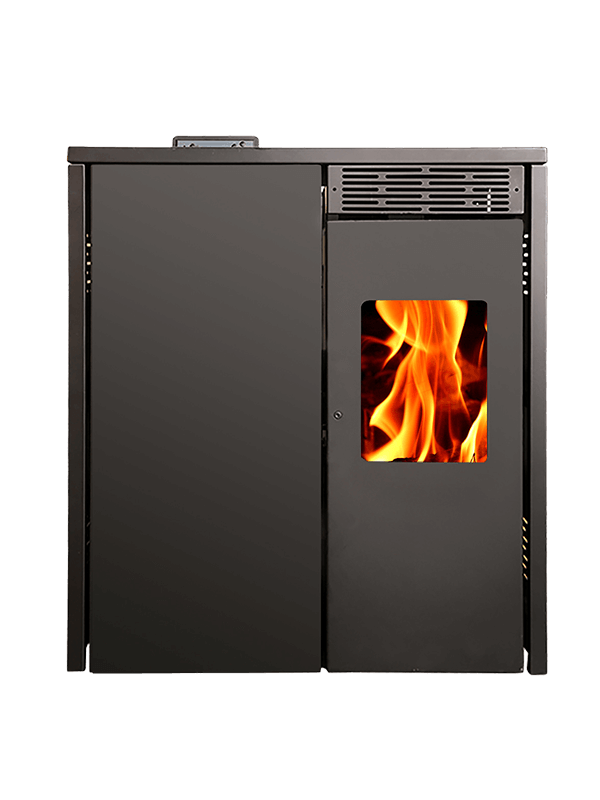A pellet stove is an efficient, clean, and convenient stove that is quite popular today. The stove itself is made up of a base or support, a drum or 'stove top', a flue or 'stack' and a burner. The burner can be either gas burning or electricity burning, depending on the stove type. Pellet stoves are extremely economical and even though they have become more expensive over the years due to increased production, they still rank well behind gas and electricity burners in terms of efficiency, cost-effectiveness and safety features.
A pellet stove consists of one or more stacks of compressed or solid pellets, which are covered with a metal outer case that prevents them from falling or splattering to the floor. A small hole, about two inches across, is provided in the top of the drum for the ignition of the fuel and air, and also provides access for the air intake system. A small vent located near the top of the stove door will allow any air that might escape through the bottom vent to escape as well, thus allowing the stove to maintain a constant room temperature. In addition, the top of the drum provides a firm heat source without any moving parts, while the large chimney helps to keep the temperature consistent and safe for cooking.
The temperature control on a pellet stove can be adjusted with the flip of a switch. For example, if you are using a smaller pellet (flue) size, you can open the flue doors to allow increased air flow and a faster burn rate. This is done by slowly blowing more air through the burning stacks as the burn rate increases. In this way, you can get a faster burn and reduced smoke emissions, although this is not recommended as a method of achieving a controlled burn as the ash content of the pellets themselves can quickly reach very high levels if the burn rate is too fast. If this happens, the ash can settle atop the coils and clog them from the excessive heat, resulting in a wetter and slower burn.
A popular complaint regarding pellet stoves is that they lack in the venting department. The external wall of the flue is usually constructed from stainless steel or some other durable material, but it is not nearly as effective in trapping and removing the exhaust that is produced from the stove. The amount of draft experienced while using an external wall depends largely on the size of the external wall itself. When this happens, the burn is usually much less efficient than it could be with an internal flue. Again, the main purpose of an external wall is to keep outside air from flowing into the interior chamber where the burn is taking place, so the lack of a draft is not a very serious problem for most setups.
There are three major types of pellet stoves: electrical, gas and combination. An electric stove plugs into an outlet and instantly provides heat output according to what the knob tells the person to adjust. A gas stove operates on electricity and varies the heat output according to how much natural gas is in the room. A combination stove blends the two options and can give a high heat output and more consistent temperatures than either of the other two options. While these stoves do take up more room and need to have at least two walls, they are very efficient and can really save money.
Some things to consider when purchasing pellet stoves include knowing the difference between an open vent and an enclosed vent, learning about efficiency, knowing the difference between a single-burner and double-burner unit, and knowing how much ash a stove should burn in order to produce a good amount of ash. Ash is very important because it helps to heat the space where it is placed, but it also helps to insulate the room and keeps the inside surface dry. This last point is important for any type of wood pellet stove, but especially important when burning peat or pine trees.



